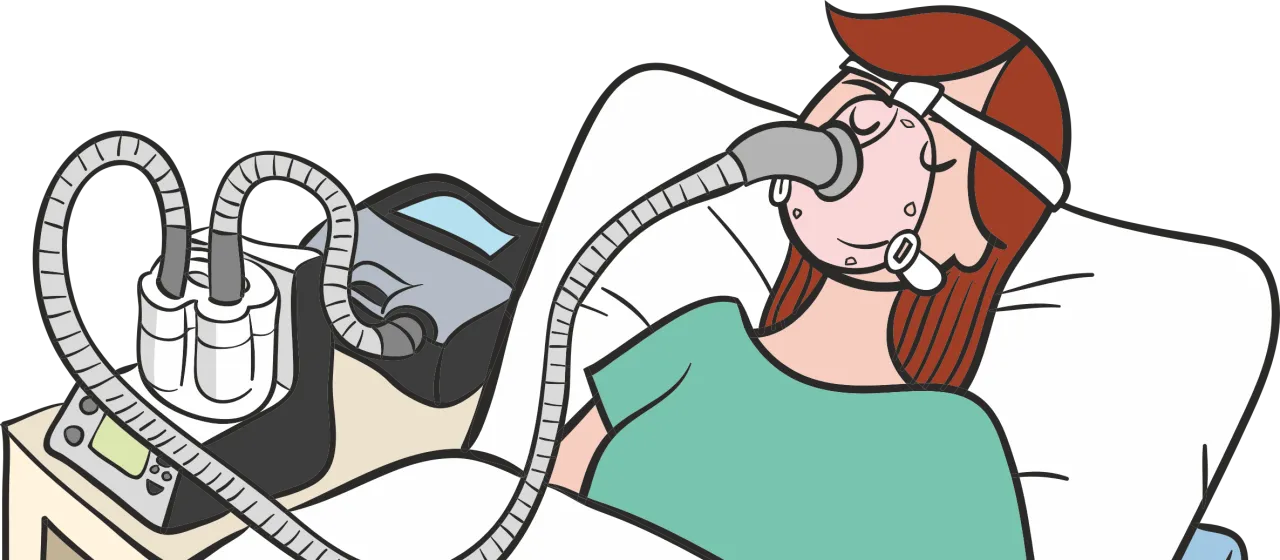OXIGEN salud
Mechanical ventilation

OXIGEN salud
Mechanical ventilation
Home Mechanical Ventilation (HMV) consists of the intermittent or continuous use of a ventilator, connected to the patient through a face or nasal mask, a mouthpiece or a tracheostomy, depending on their ventilation needs.
The goal of the treatment in the case of chronic respiratory failure (CRF) is to reduce the work being done by the respiratory muscles and to correct hypoxaemia and/or respiratory acidosis through increased alveolar ventilation, which improves gas exchange.
There are two types of home mechanical ventilation:
The at-home mechanical ventilation service of OXIGEN salud sets up the treatment at the hospital and then facilitates the patient’s transfer home. To do so, the team will install the equipment immediately, teach the patient and their family to use the ventilator and offer psychological support so that everyone can adapt to the treatment.
Home mechanical ventilation takes place in the patient’s home. It assists or substitutes the person’s breathing mechanically through a ventilator powered by electricity. The ventilator does the job of the diaphragm: it produces a volume of air at a certain pressure and helps the patient to breathe through an interface.
Today, ventilators are compact, lightweight and transportable and provide various types of ventilation support, depending on their type and the condition being treated. In terms of mechanical characteristics, the following main categories can be distinguished:
Selecting the right type of interface is crucial, in terms of both the patient’s comfort and the efficacy of the ventilation. It must:
OXIGEN salud offers a wide range of invasive and non-invasive ventilators for HMV, as well as interfaces or masks for administering the treatment.
In Spain, approximately 82 of every 100,000 inhabitants use HMV. The type of patient who uses it has changed considerably over the years. Currently, in 70 % of cases, this treatment is used for patients with chronic obstructive pulmonary disease (COPD) and obesity hypoventilation syndrome (OHS). It is also used to a lesser extent for patients with restrictive chest wall and neuromuscular disorders. Only a small proportion of these cases involve the use of a tracheostomy, due to the underlying pathology and its survival rate.
Shall we call you?